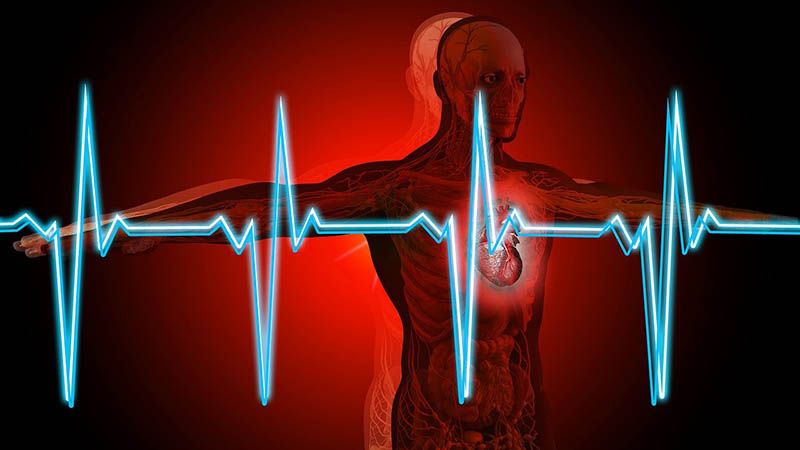May 30, 2022

In the future, people with heart problems may be able to monitor their condition from home, ensuring they are taking the appropriate type and amount of medicine. That’s because a Mizzou Engineering research team has devised a way to non-invasively assess whether a person’s heart is in balance with the circulatory system.
The work earned PhD student Mohamed Zaid the first-place award in the engineering and technology category at MU’s 38th annual Research and Creative Activities Forum held earlier this month. In addition to a monetary prize, the competition gives graduate students the opportunity to share their work with a broader audience.

Zaid is working with Professor Giovanna Guidoboni and other faculty from electrical engineering and computer science, as well as cross-campus partners to study ventricular-arterial coupling (VAC). That’s the interaction between the heart and the system of blood vessels that carry blood from the heart to the body and back.
Essentially, Zaid and the team demonstrated that it’s possible to get interpretable, trustworthy data from non-invasive ballistocardiography (BCG). That’s a technique that’s been around for a while but has historically been deemed too unreliable to use in clinical settings.
Last year, the team captured BCG data using non-invasive sensors on patients in the intensive care unit, proving that the data could be interpreted using a mathematical model.
“First, we showed that measurements are possible, even in extreme conditions,” said Guidoboni, who is associate dean for research in engineering with joint appointments in EECS and mathematics. “This work is saying, ‘We saw that these measurements are possible, now we want to show you that we know what they mean and how to interpret them.”
In healthy individuals, the VAC is assigned a ranking of “1” which means everything is working properly. Anything higher means the heart is having to work harder to compensate for a stiffened vascular system or for a decreased left ventricular contractility, Zaid said.
If the work is confirmed, the team would have the first way to non-invasively assess whether the VAC ratio is close to 1 or if it is higher. If it is higher, Zaid would be able to determine whether there is something wrong with the heart or whether the problem is with the peripheral circulation — information that would let doctors know how best to treat the condition.
In addition to giving doctors a better tool to pinpoint heart problems, Guidoboni said there is potential for development of at-home sensors to help patients monitor their own circulatory systems.
Zaid and Guidoboni work with Curators’ Professor Marilyn Skubic and Curators’ Professor Emeritus Jim Keller, both in EECS, and Curators’ Professor Emerita Marilyn Rantz in the School of Nursing on developing other types of home health monitors that use sensors to track gait and fall risks. Additionally, they are working on the project with Salman Ahmad, director of the surgical intensive care unit at MU Health Care, Craig Emter, associate professor of biomedical sciences in the College of Veterinary Medicine, Mihail Popescu in the School of Medicine, and Laurel Despins from nursing.
Guidoboni envisions a similar non-invasive sensor that would allow heart patients to monitor their condition.
“A patient taking blood pressure medication, for instance, could see if something is changing, and if it does change you could have an alert that tells you maybe it’s time to adjust or reassess the medication plan,” she said. “This is a true breakthrough in the monitoring of cardiovascular function.”
Collaborate with researchers from across campus and make breakthroughs with us. Become a Mizzou Engineer!